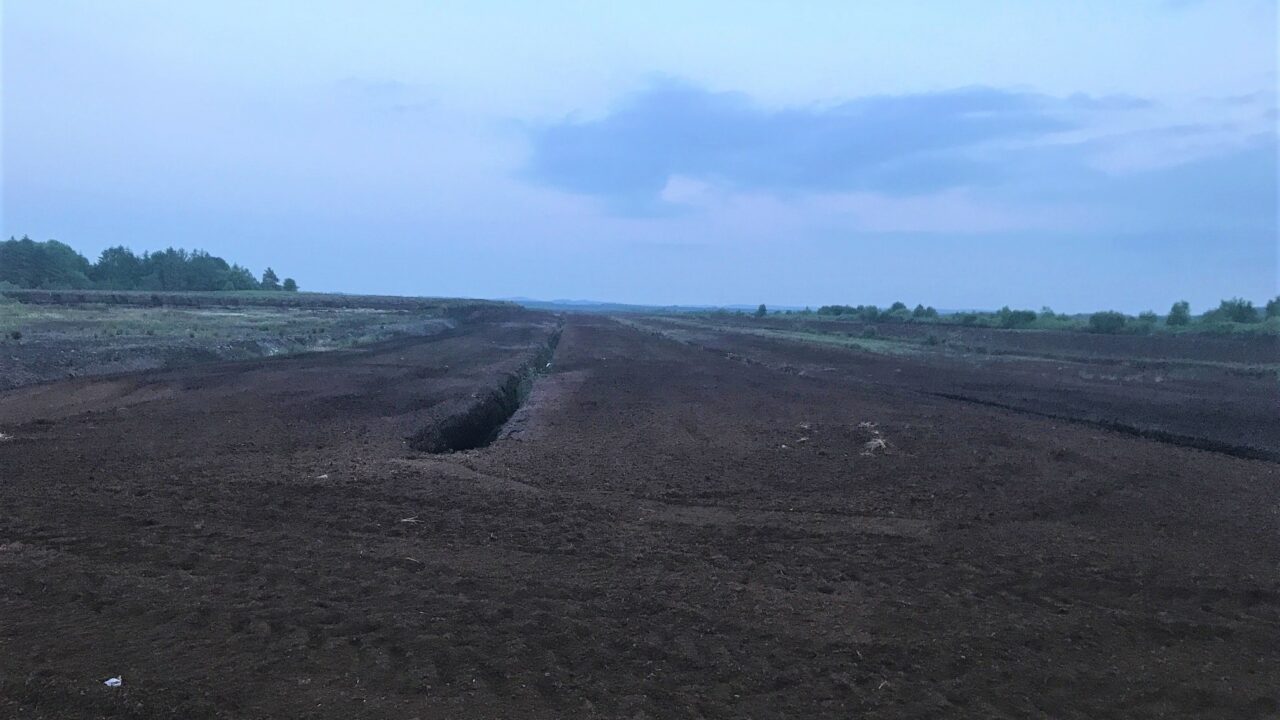The state is being urged to “rewet” 270,000ha of the country’s peatlands over the next two decades in a bid to create carbon sinks, newly-tabled proposals outline.
The proposals – prepared by the Joint Committee on Climate Action and seen by this publication – recommend that an initial 130,000ha of bogland should be “rewetted” by 2030.
According to the white paper – expected to be put forward under the National Climate Action Plan (NCAP) – it is considered “feasible” to “restore” a target of 130,000ha (50% of natural peatlands) over the next 12 years – despite challenges “where turbury rights for turf cutting are still an issue”.
It states that emissions from soils due to agriculture, forestry, peatland drainage and extraction are “a major element in Irish emissions”.
Conversely, it also adds that the restoration of soils to carbon sequestering status can both “prevent these emissions and (more slowly) start to re-adsorb carbon”.
The report states that:
To address the urgent need for peatland restoration, rehabilitation and rewetting, the committee recommends that the Government finances and assigns responsibility for a national programme of rewetting and restoration commencing in 2019 to reduce emissions.
It is claimed that such a programme could develop a pathway to achieve net sequestration nationally by 2040.
It is advised that the standing committee (budget and finance committee) should “return to this as soon as possible in 2019” given the “significant sequestration potential” of peatlands.
“The committee should also consider additional targets for the restoration of specific categories of peatlands such as for national bogs, for industrially-extracted peatlands, cut-over bogs, farmed peatlands and afforested peatlands,” the committee outlines.
Bord na Mona bogs
As for the 80,000ha of peatlands owned by Bord na Mona (BNM), it is noted that when harvesting stops, as is planned in the coming years, BNM’s bogs will continue to emit greenhouse gas emissions unless they are “actively rewetted”.
Rewetting these peatlands is considered an important climate change mitigation tool to reduce emissions and create suitable conditions for carbon sequestration.
“For this reason, peatland conservation and restoration is often described as one of the most cost-effective options for mitigating climate change.
“Rewetting peatlands also contributes to a range of additional environmental benefits such as biodiversity and water quality,” the report states.
Teagasc Expansion
Other priority recommendations made by the committee – aimed at the Department of Agriculture, Food and the Marine in conjunction with other Government departments – includes a focus on: proposals for funding climate mitigation, biodiversity and carbon sequestration; and storage under Ireland’s CAP Strategic Plan.
Plus, the establishment of a multi-stakeholder forum on Agricultural Diversification and Climate Change with the purpose of developing “a suite of new opportunities” for farmers through programmes and schemes to promote diversification in agriculture.
- The expansion of Teagasc’s agricultural advisory service with a focus on low-carbon farming consultancy;
- The development of a national strategy for sustainable anaerobic digestion;
- That a greater focus be placed on the potential for increased carbon sequestration through afforestation;
- And that state-sponsored food marketing strategies, such as those of Bord Bia, be reviewed.
